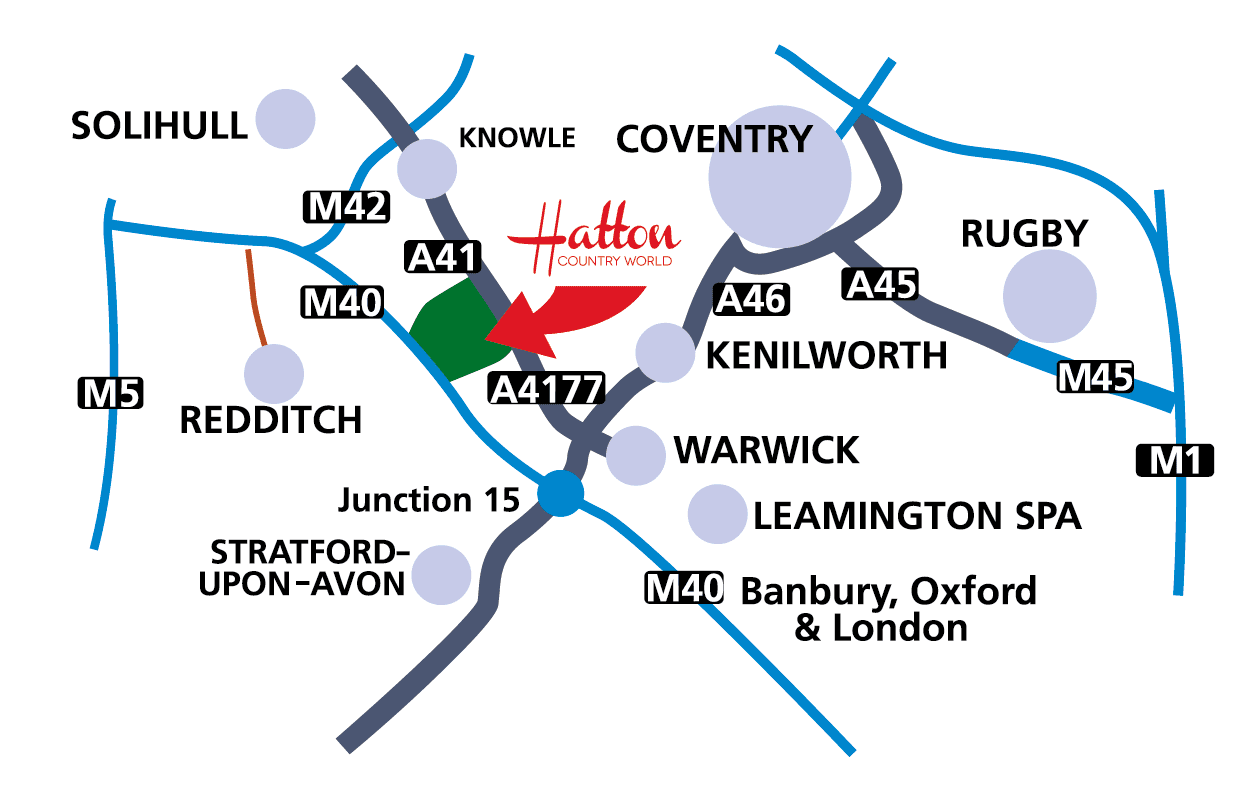How To Pack a Rucksack for Camping
June 3, 2025
Camping

Whether you’re heading out for a weekend in the woods or a multi-day hiking adventure, knowing how to pack a camping bag properly ensures you’re comfortable, balanced, and ready for whatever the trail throws your way.
Follow our practical, beginner-friendly guide so you can hike smarter, not harder.
Why Packing Matters
A well-packed rucksack is more than just organised gear. It’s about balance, weight distribution, accessibility, and reducing fatigue on the trail. Whether you’re searching for tips or trying to avoid rookie mistakes, this guide has you covered.
Step 1: Choose the Right Backpack
Before you even begin packing, make sure your rucksack is:
- Sized appropriately for the trip length (30–50L for short trips, 60–80L for multi-day treks).
- Supportive and adjustable to match your torso length and hip size.
- Weather-resistant or includes a rain cover.
Step 2: Lay Out All Your Gear
Before you pack, organise your gear into three basic categories:
- Essentials (e.g., first aid kit, map, multitool)
- Heavy items (e.g., tent, food, stove)
- Quick-access items (e.g., rain jacket, snacks, water)
Doing this helps you mentally prepare, without forgetting the essentials.
Step 3: Pack From Bottom to Top
Here’s the proven packing method for balance and convenience:
Bottom Zone (Bulky but lightweight)
- Sleeping bag
- Sleeping pad
- Camp clothes
- Liner or pillow
These items are used only at camp, so they can stay tucked at the bottom.
Middle Zone (Heaviest items)
- Tent
- Cooking gear
- Food bag
- Bear canister (if needed)
Packing the heaviest gear in the center and close to your back helps maintain balance and stability.
Top Zone (Quick-grab items)
- Rain jacket
- First aid kit
- Snacks
- Headlamp
- Water filter
These should be easy to grab without digging through your whole pack.
External Pockets
- Water bottles
- Trekking poles
- Map or compass
- Sunscreen and bug spray
Use external straps for bulky gear like a sleeping mat or tripod, but avoid dangling too much from the outside.
Step 4: Distribute Weight Evenly
When figuring out how to pack a rucksack for camping, always focus on weight balance:
- Keep heavy items close to your spine and centered.
- Avoid leaning the weight too far to one side or too high up.
An unbalanced pack can cause fatigue, back pain, or even injuries over time.
Step 5: Compress and Secure
Use internal and external compression straps to:
- Eliminate extra air space
- Prevent items from shifting
- Keep the pack close to your body for better stability
Pro tip: Line the inside of your pack with a binbag or pack liner for extra waterproofing.
What to Pack for a Hike
Your backpack should be around 20–40L for day hikes:. Things to include:
- Waterproof Clothing
- Hat and gloves (even in summer at higher elevations)
- Navigation tools: Map, compass, GPS or smartphone with offline maps
Headlamp or flashlight with extra batteries
First aid kit (bandages, antiseptic, medications, insect repellent)
Multi-tool or knife
Whistle (for emergencies) - Snacks
- Water bottles or hydration bladder
- Water filter or purification tablets
- Sunscreen and lip balm with SPF
Book Your Next Camping Adventure
Whether you’re new to the trail or a seasoned explorer, mastering how to pack a camping backpack can significantly improve your camping experience. Thoughtful packing not only saves your back – it saves time, space, and hassle.
So the next time you’re prepping for an outdoor escape, remember: how you pack matters as much as what you pack.
Ready to put your skills to the test? Book your next camping trip with Hatton Country World and explore the wild with confidence, rucksack packed and ready!

Where to find us


